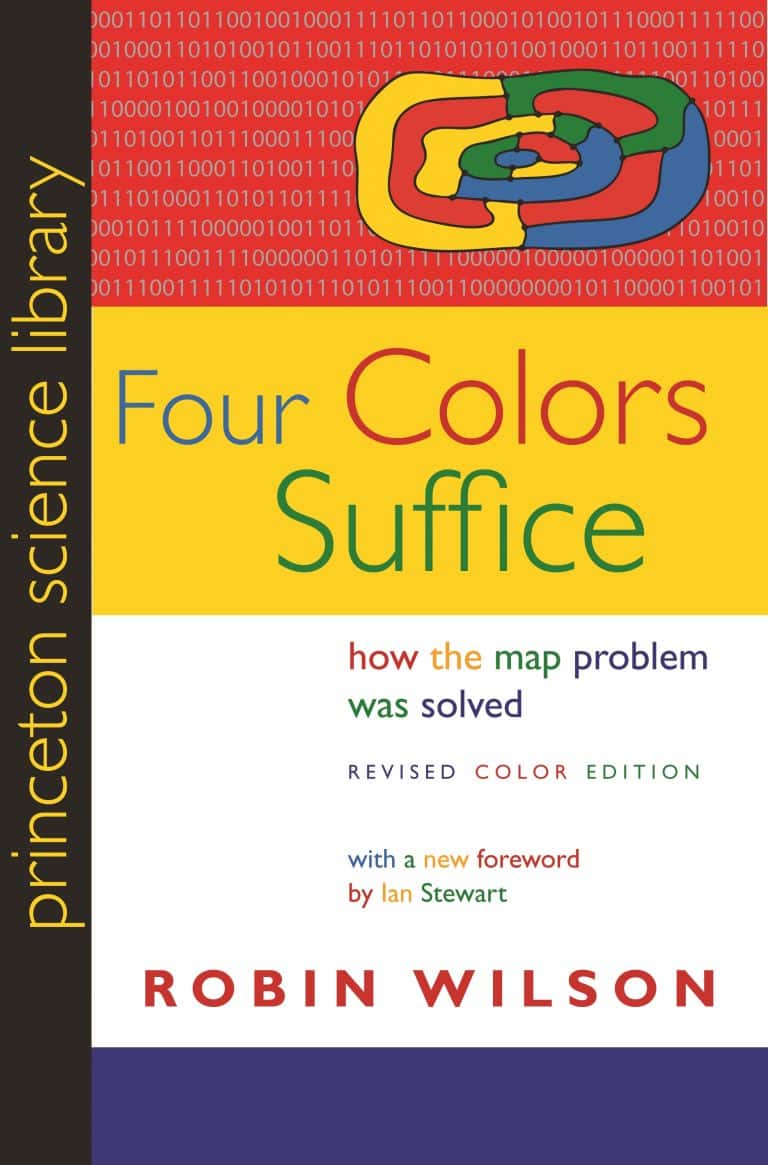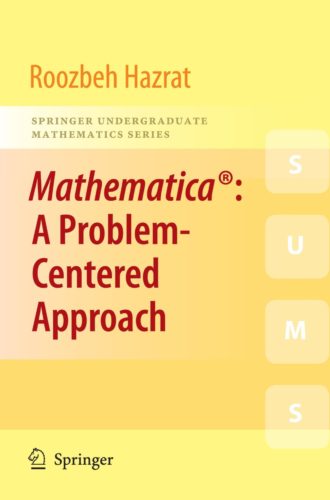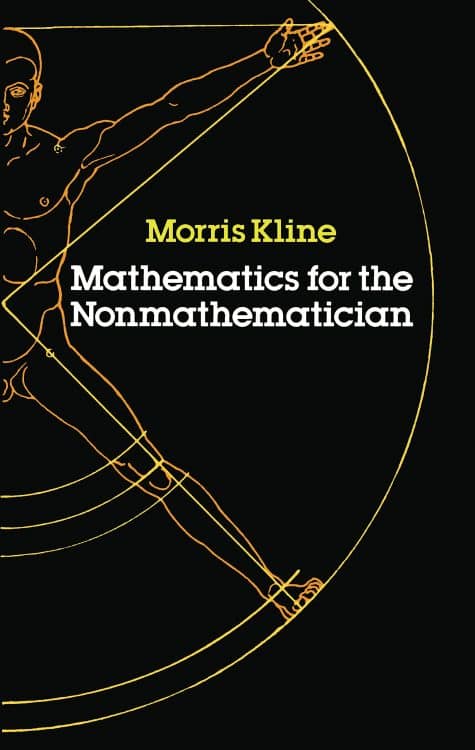“Professor Augustus De Morgan penned a letter to a colleague on October 23, 1852, without realizing that he was beginning one of the most famous mathematical puzzles in history, one that would stump thousands of people for more than a century. The incredible tale of how the “map problem” was resolved is told here.
What is the least amount of colors required to fill in any map (actual or imagined) so that neighboring county are always colored differently? Is the issue raised in the letter from a former student? Cartographers found little need to restrict the number of colors they utilized. Therefore this seemingly straightforward question didn’t hold much interest to them. The Bishop of London, Lewis Carroll, a botanist, an obsessive golfer, a man who sets his watch just once a year, a California traffic cop, and a newlywed who spent his honeymoon coloring maps were among the people who got into a frenzy over the problem. Mathematicians painted maps on doughnuts and horseshoes, toyed with patterned soccer balls, and worked on the huge rhombicuboctahedron as they searched for the answer.
Before the outcome was determined, it would take more than a century (and countless colorful maps). Even though challenging problems persisted, the complex solution—which required no less than 1,200 hours of computer time—was received with equal astonishment and admiration.
Robin Wilson describes how an apparently unimportant subject stumped brilliant brains and inspired fascinating mathematics with a wide range of applications. She does this by clearly and elegantly explaining both the problem and the proof. This is the amusing tale of people who tried and failed to demonstrate that any map can be colored using only four colors.
Numerous color drawings can be found in this new edition. A new prologue by Ian Stewart discussing the significance of the map problem and how it was resolved is also included.”
















